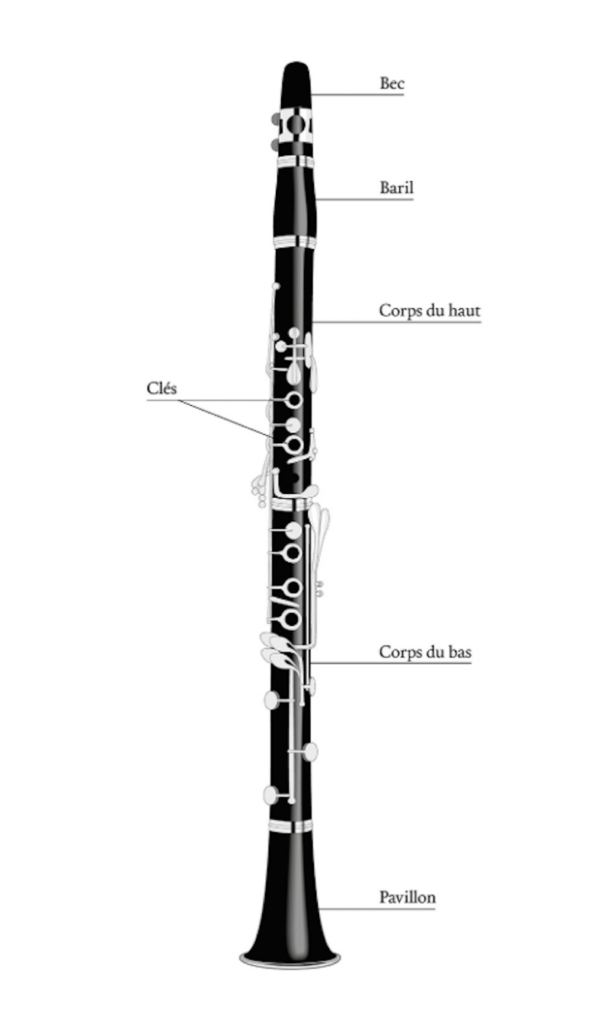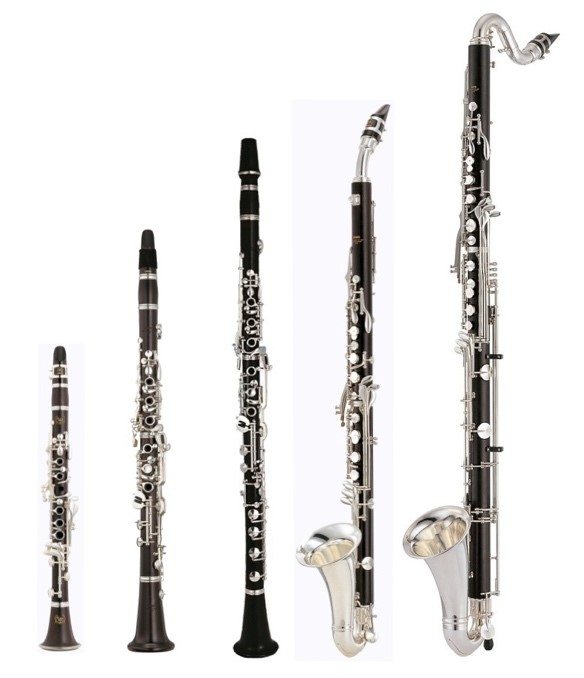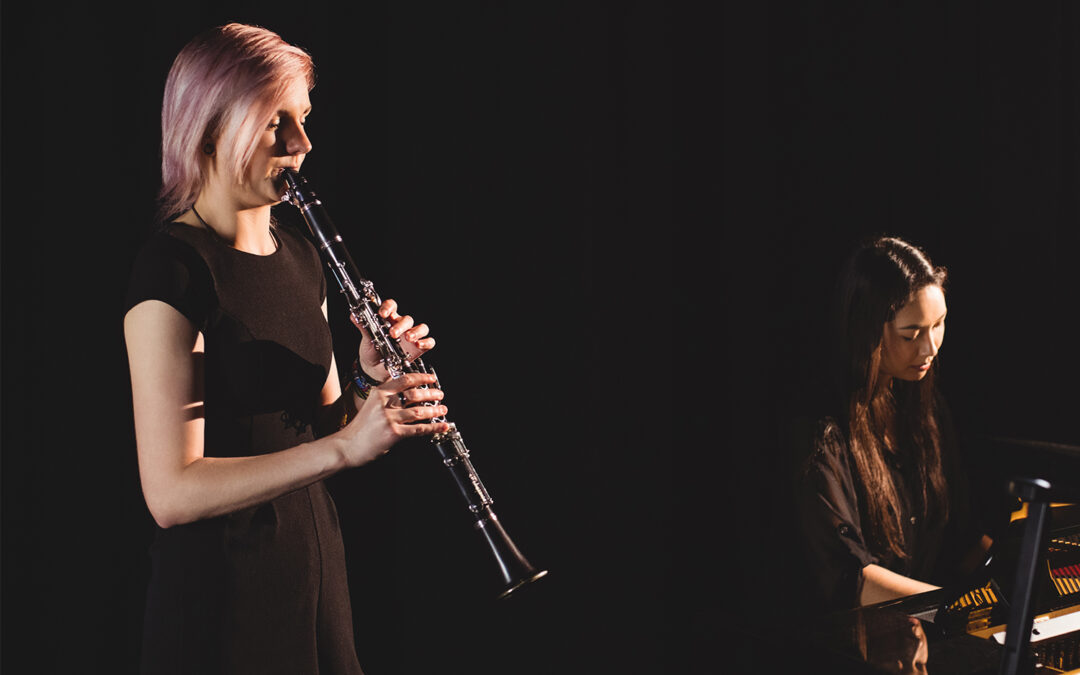by Marie-Alix Expert-Théas
The Europa Forum elected the city of Bordeaux for its major meeting in 2024. At the same time, the prestigious Thomas Kuti European Music Competition will take place. This year the event is dedicated to clarinet.
History of the competition
To the many charitable actions in which the Lions Club International is involved with passion and dedication, was decided to innovate an action to promote culture.
It was in France that a National Commission of Cultural Action was constituted. In 1986, she inspired the creation of a Lions Grand Prize for musical performance, which aims to encourage and reward young student musicians. This impetus was so successful that Governor Francis Morelon extended it to all of Europe.
Thomas Kuti himself intervened and was passionate about music. He wrote the first «European Rules of Musical Performance». Its objective is to propel young talented musicians, by a requirement of interpretation, allowing to reach this event at the level of other major competitions.
The 1st LEMC (Lions European Musical Competition) Thomas Kuti took place in 1991 at the Istanbul Forum.
Musicians now recognized on the international scene were happy candidates, such in 2008 Joseph André, on the pulpit of the first violins of the Philharmonic Orchestra of Radio France; in 2012 Honorine Schaeffer, cello which is at the Concertgebow in Amsterdam and in 2013 Jonathan Fournel having subsequently won the Queen Elisabeth Competition of Belgium.
Each year the event is dedicated to a different instrument.
The Clarinet in the spotlight
This instrument is characterized by a warm sound full of charm. The clarinet is not only indispensable in an orchestra, but has also inspired wonderful works. It seduces us. It attracts us by the beauty of its timbre. But when did it appear in the family of musical instruments?
History
Its origin goes back to the Greco-Roman civilization. The modern clarinet was born, like many wind instruments, from successive improvements of an initial model. It is the transformation of the torch of the Middle Ages and the Renaissance, whose scale of sounds is quite small. This instrument was presented as a flute, that is to say a cylinder with holes on the face. This air column is vibrated by a double reed. «Double» because these are two thin reed strips that the musician pinches with the lips. It is this torch whose shape is that of the recorder, which was transformed by Johann Christoph Denner (1655-1707) of Nüremberg who is the inventor of the clarinet. His genius is to have evolved the torch into a clarinet, which is now equipped with a pavilion.

Johann Christoph Denner lengthens the cylindrical bore, adds keys and changes the mouthpiece. It replaces the tube that encloses the reed with a nozzle mounted on a pipe.
The clarinet was born in 1690.
The first models had holes to obtain the diatonic scale (white keys of the piano), the number of keys was increased to 5 or 6. The pavilion mentioned above, then acquired its slightly flared shape. The clarinet conquers musicians and composers, with its new sounds.
At the beginning of the 18th century, Vivaldi paid homage to him, then Mozart with his famous clarinet concerto K 622 in 1691 … However, there are still improvements to be made, so that the ergonomics of the instrument is easier.
1832, Théobald Boehm invents a key system for the flute, which will be adapted to the clarinet, thanks to Louis-Auguste Buffet.
1843 will be the official year of filing of the patent of this new clarinet under the name «clarinet with moving rings». There is a new bilateral key configuration. It is a system of movable ring keys coming from the Boehm system and adapted to the clarinet.
The Boehm clarinet usually has 17 keys, but this figure can vary depending on the factor and type of clarinet.

Description and Technique
The clarinet is one of the so-called wind instruments of the woodwind family. Imagine a long tube with a cylindrical bore ending in a flared pavilion. The musician makes air vibrate within the tube by blowing at the end of the instrument and the note is changed by opening or plugging holes. The reed is a reed blade that vibrates the breath of the musician, it is a thin tab whose vibration allows the sound. There are 2 types:
- single reed which is a large flat tongue
- double reed which is in two and folded
The clarinet consists of five parts:
- The beak
- The barrel
- The upper body, or body of the right hand
- The pavilion
- The reed is attached to the spout

This system is still used by most clarinet manufacturers today. Another rarer system, called the Oehler system, is nevertheless used in Germany, and there are still others, including the Albert system.
As you know there are several clarinets, within the symphony orchestra there are two or three clarinets. Clarinet is generally used to describe a whole family of transposing instruments. They are instruments that perform a piece in another tone. That is, they produce a different sound than the one that is written, according to their register either more acute or more serious. They therefore differ in tone, as well as in size. The smallest clarinet, the sopranino (or clarinet the flat), is only 25 cm long, while the largest, the double bass clarinet, is 2.31 meters long! There are nine other clarinets in addition to these two extremes, but the most used, the one we imagine when we hear about clarinet, is the soprano in B flat. These sound characteristics probably explain why the clarinet is used in so many very different music styles.

At the Europa Forum 2024 in Bordeaux
This year, the Thomas Kuti music competition allows you to be charmed by the sound of the clarinet.
Instrument that requires mastery and sensitivity.



